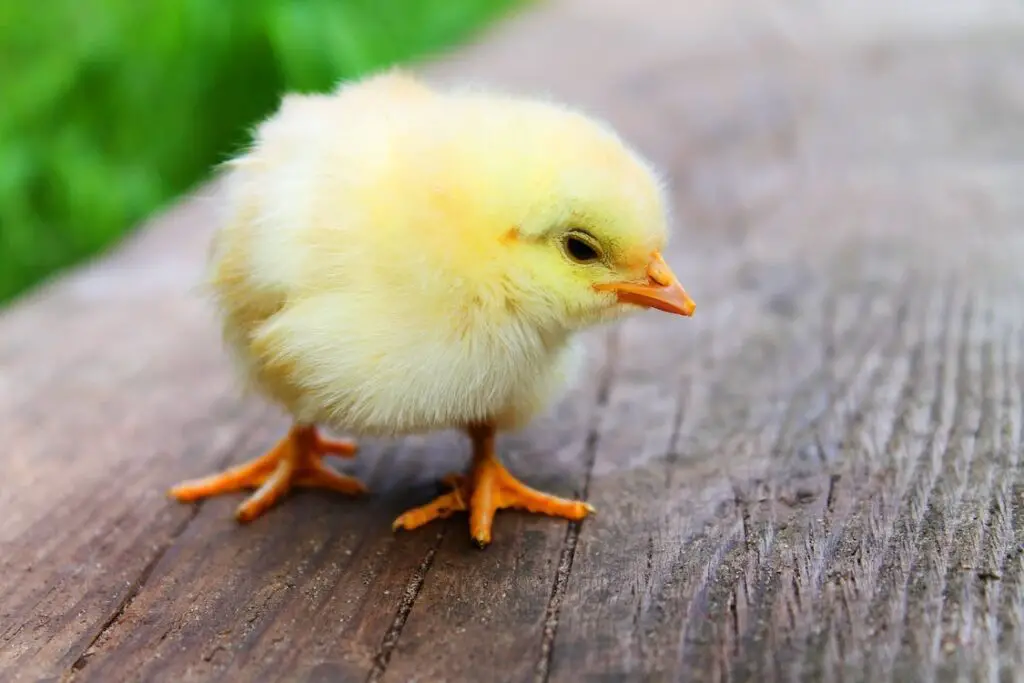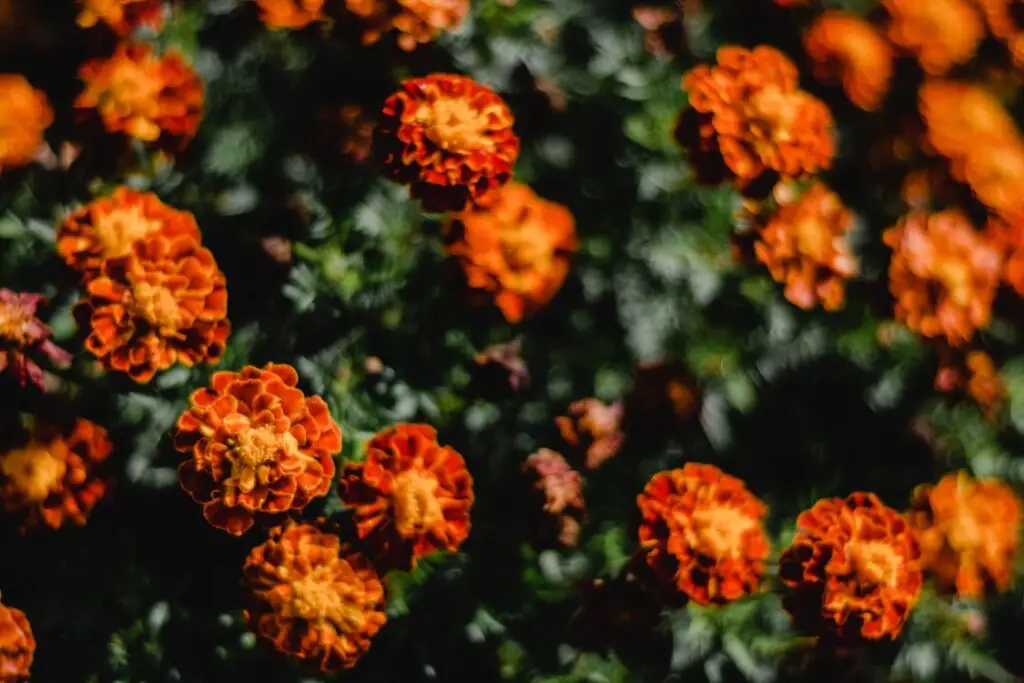Snails occur in our nature, and while they contribute a lot of benefits to our ecosystem, we can’t deny that they bring forth a lot of shortcomings as well. Besides their slimy and slippery appearance, snails are also responsible for destroying the garden and crops you are growing in your backyard.
If you are wondering how to get rid of snails, thinking there are no direct ways, we have some good news for you.
From keeping your property clean to implementing preventive measures, there’s a lot you have to do to clean these slugs out of your home and the surroundings.
Table of Contents
Why do I have Snail Infestation in my Home?
Like most other pests and insects, even snails crawl or drag their way into your home in search of shelter and food.
Snails don’t enjoy direct sunlight on their bodies. So, it isn’t surprising that they make their way into people’s homes in search of shelter and protection from the sun.
Also read: How to Get Rid of Armadillos | 9 Best Ways
Why is it Important to Eliminate a Snail Infestation?
Irrespective of whether you have a snail infestation at home or in your backyard, eliminating them is necessary for multiple reasons.
1. Sluggish and Sticky Appearance
As superficial and mean as it sounds, we can’t deny that snails have a very icky anatomy. Their mucus-covered bodies and the slime trails they leave behind them are an eyesore, especially for people who aren’t fond of sticky and slimy things. This is one of the reasons you need to keep them off and away.
2. Damage to Plants
If you can’t control the outgrowth and infestation of snails on your property, be assured those will also damage the plants. They are a type of pest, meaning they will eat away at the plants you have growing around in the garden. Over time, they have a habit of reducing crop yield pretty significantly.
3. Damage to Water Features
In some cases, the snails are parasitic. So, if you have a pool or an open water body around your home, their infestation will kill all the fish in these water bodies. If you don’t pay close attention to their outgrowth, chances are that they will multiply without control, clog the pipelines, and infect the water features.
4. Host to Parasites
As we just mentioned, snails carry parasites in them. Not just parasites, they also host a variety of other microorganisms in their bodies, which have adverse effects on the surroundings.
These are just a handful of reasons why you need to work proactively to eliminate these gastropods from the close vicinity of your home.
What do Snails Eat?
Snails typically rely on crops and vegetables to feed. They also feed on flowers to curb their appetite.
That said, some of the most common things that snails eat include:
- Beans
- Basil
- Dahlia
- Cabbage
- Hosta
- Lettuce
- Marigold
- Vegetables, etc.
A few snails also feed on herbs, but that is less common than you think. You will mostly find them eating crops and vegetables.
Ways to Get Rid of Snails Naturally
1. Use a Bait

For this, you’d need a can of beer. As weird as it sounds, snails are attracted to the taste and smell of beer. The active ingredient in beer, which is yeast, is what lures them inside.
So, if you want to catch and trap snails inside the beer can, you need to open the can of beer and then leave it in the spots where the snails frequent the most.
Once inside the liquid, the snail won’t be able to make their way out of the can, thereby killing them in the process.
2. Sprinkle Eggshells

If you are tired of snail infestation in your garden because they are damaging the crops, sprinkling some coarsely crushed eggshells can do wonders for you.
Before you get confused, let us explain. Snails, except for their hard exterior, have an otherwise soft body, mainly the underside. They can’t sustain injuries inflicted by sharp-edged objects. So, if you want to eliminate their infestation from your garden, sprinkle crushed eggshells around the soil.
3. Doing it Manually
If the snail infestation isn’t too extensive and you can count them in your hand, we’d recommend collecting and eliminating them by hand. However, this is a time-consuming solution that isn’t the most practical.
We are mentioning this in the lot because this method works when the infestation isn’t too extensive. Once you pick and remove the snails from the soil, transfer them to an alcohol solution.
4. Use Coffee Grounds

The coffee grounds you are most likely discarding after your morning shot could help you get rid of the snails and slugs from your property.
Snails aren’t huge fans of coffee grounds. The pungent smell isn’t too inviting for them, which might end up helping you get rid of the snails for good.
Sprinkling coffee grounds around the garden is also an effective way to add nutrients to the soil, making things a lot easier for you to handle in the long run.
5. Use Traps

We talked about using beer bait to catch and kill snails, but what about traps? If you don’t want to kill the snails and instead want to catch them, place them somewhere else; traps are a great option to look into.
For the ones looking for DIY ways, use the underside of a grapefruit or orange to help tide through the issue. The scent of citrus attracts the pest. Once they come near, you can place a trap to capture them inside.
6. Use Ashes

If you lit up firewood in your home or had good old camping outside in your garden, take the burnt firewood and extract the ash.
You can crush up the ashes and use burnt firewood to cover the plant’s perimeter. This creates a barrier and protects your plant against damage.
7. Diatomaceous Earth

Sprinkling DE around the soil where the snails frequent the most is a great way to kill them and keep them away from destroying the plants and crops.
Since DE contains silicon, it isn’t surprising that they are pretty effective in killing snails. Our tip would be to focus on sprinkling the powder when the soil is dry for maximum benefits.
8. Use Copper Tape

Although there isn’t much scientific evidence that showcases why snails don’t cross copper tapes, there is physical evidence that they don’t.
So, if your garden is being infested with these pesky little slugs, use copper tape to create a barrier along the garden. The best way to put copper tape is by applying it right below the rim of the pot.
9. Introduce Predators

Manual picking and removal of the snails don’t seem very practical. Why don’t you leave the work in the hands of a predator instead?
Some natural predators feed off of snails and slugs. These include chicken, ducks, and geese. If you have the means to introduce these natural predators in your garden, we suggest you do that.
Not only will they search and clear the existing snails and slugs around the yard, but they will also prevent them from recurring in your garden.
10. Use Wheat Bran

Only a few people are aware of this, but wheat bran works wonders to eliminate the unwanted snail population around your house.
Since wheat bran is dry, snails get dehydrated or desiccated when they feed off the same. So, sprinkle a good amount of the same around your crops or in the areas where you see the snails frequenting the most.
11. Plant “Repellent Plants”

Some plants actively repel the population of snails and slugs from around your home. Since they have a deterrent effect, they effectively keep snails out of your property without any complaints.
Some of these plants include garlic, chives, chamomile seedlings, herbs, etc. You can plant these aromatics around other crops to keep the snail population in check.
12. Change the Watering Schedule

Snails are typically nocturnal, meaning that they frequent your lawn at night. If you habitually water your plants at night, it will likely attract more snails to your property.
What you can do instead is change the watering schedule. Water the plants during the daytime so there aren’t any issues with the plants receiving enough water and the snail population is in check.
13. Organic Slug Pellets
The slug pellets available in the market now use iron phosphate, an effective way to eliminate the growth of snails and slugs on your property.
However, since they are pretty strong in terms of their usage, it isn’t surprising that you have to use them sparingly so things don’t get out of hand. Also, these pellets are non-toxic, so if your pet comes in contact with them, they won’t be harmed.
14. Using DIY Snail Repellent
Another quick, natural, and organic way to eliminate snails from your yard and house is by using a DIY snail repellent.
For this, you need to make a mix of garlic, coffee grounds, and some water. Make a solution out of it and then transfer it to a spray bottle. Spray down the plants using this mixture first thing in the morning.
The pungent smell from coffee and garlic will effectively keep the slugs and snails out of the yard for good.
15. Avoid Planting Marigolds

If you have marigolds in your garden, that’s a potential reason for the heightened snail population.
As beautiful as they are, snails are attracted to marigolds, which is one of the main reasons you need to avoid planting them in your garden.
That concludes our article on how to get rid of snails. If you were getting frustrated with their infestation around your home, we hope these tips show you some light at the end of the day. Most (if not all) of the tips are safe and non-toxic, so you can go ahead and perform them without needing to worry about any consequences.
Also read: How to Get Rid of Possums from Your Property | 10 Humane Ways
Frequently Asked Questions (FAQs)
How do you get rid of snails naturally?
Using pungent smells like garlic spray, etc., is effective in getting snails out of your property for good and in no time.
What is a natural snail repellent?
Planting aromatic plants like lawn chamomile, garlic, chives, etc., are helpful ways to repel the entry of snails into your property.
What smells do snails hate?
Snails aren’t huge fans of plants with strong odors or fragrances. So, something like lavender or chamomile will keep them out of your property.
Can salt kill snails?
Salt dehydrates the mucus layer on the snails, thereby killing them. It works immediately, which is another benefit.
How do you get rid of snails permanently?
Using bait and traps is a great way to eliminate snails permanently. You can also plant repellents to keep them out of your property for good.
What do snails hate the most?
Snails aren’t the biggest fans of coffee. Hence, sprinkling coffee grounds on the soil where the snails are infesting is a great trick to keep them out of the property.
What liquid kills snails?
Metaldehyde is an effective pesticide that has been found beneficial in keeping snails out of one’s property. They pretty much immediately kill the slugs.
Do snails hate lemon?
If you are trying to trap and remove snails from your property, consider using lemon peels as bait since snails are fond of citrus.
Does garlic repel snails?
Garlic has a pungent smell, and the active compound in it, Allicin, is effective in getting rid of the snails for good.
Are snails safe to touch?
Since snails carry parasites, it is always ideal to handle them with gloves. Avoid touching them directly. And even if you do touch them directly, it is better to wash your hands thoroughly.
